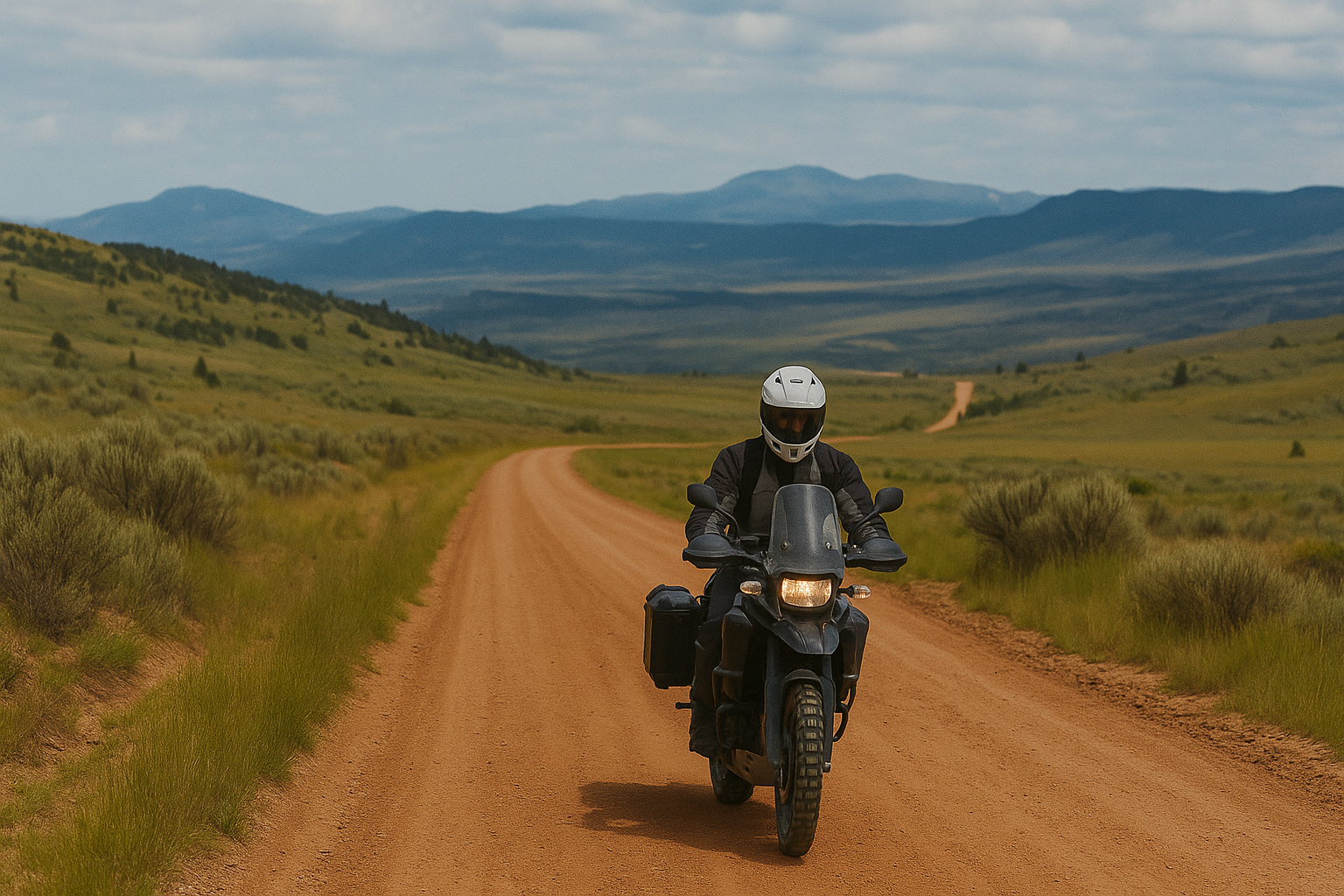Physical Address
304 North Cardinal St.
Dorchester Center, MA 02124
Physical Address
304 North Cardinal St.
Dorchester Center, MA 02124

Must-Haves, Nice-to-Haves, and Essential Prep
The TransAmerica Trail (TAT) is no ordinary ride. Spanning over 5,000 miles across rugged terrain, remote wilderness, and unpredictable weather, it demands more from both rider and machine. If you’re prepping for this adventure, your bike needs to be up to the task.
Below are 5 must-have modifications that no TAT bike should hit the dirt without, 5 nice-to-have upgrades to take your comfort and performance to the next level, plus key sections on tool kits and riding gear that can make or break your journey.
The TAT will have you climbing over rocks, crossing streams, and dodging ruts. A robust skid plate is your first line of defense against cracked engine cases and punctured oil pans. Don’t risk a ride-ending impact—protect your bike’s underbelly from the inevitable abuse.
Even the best riders drop their bikes. On a heavily loaded adventure bike, it’s not if — it’s when. Crash bars protect your engine, radiator, and plastic fairings from costly damage. Bonus: they’re great for mounting extra gear or highway pegs.
Whether you use a rugged GPS or a smartphone with offline maps, reliable navigation is essential. The TAT traverses regions with little signage and no signal. Getting lost isn’t just inconvenient—it can be dangerous.
You’ll need something durable and weatherproof to carry your gear. Look for secure setups that offer easy access to essentials like tools, food, and camping supplies. The right luggage keeps you organized and balanced.
Your levers and hands will thank you. Hand guards deflect branches, rocks, and wind, and help prevent broken levers in a crash. Bark Busters or similar setups are worth every penny for trail protection and rider comfort.
Stock pegs are often too narrow and slippery for serious off-road riding. Wider, grippy pegs reduce fatigue and give you more control, especially when standing through rough sections.
Dual-sport tires work, but dedicated off-road tires offer better traction in mud, sand, and gravel. While they wear faster on pavement, the added control off-pavement can be worth it.
Factory suspension may not be up to the task for fully loaded adventure bikes. Upgraded forks and shock absorbers improve handling, comfort, and safety across demanding terrain.
You’ll be riding for 8–10 hours a day. A better seat reduces pressure points and lets you enjoy the ride instead of dreading it. Consider brands like Seat Concepts or Sargent.
Comms make a huge difference when riding with a buddy. Bluetooth systems like Sena or Cardo help coordinate stops, warn about hazards, and keep the ride fun and connected.
Things will go wrong. A flat tire, a loose bolt, or a dead battery can derail your ride if you’re unprepared. A good tool kit keeps small problems from becoming trip-enders.
Essentials:
Bike-Specific Items:
Fluids:
Tip: Pack it all in a roll-up tool pouch, test everything before you leave, and know how to use every item.
Go for a dual-sport or ADV helmet with:
DOT/ECE certified at minimum. Extras like comm integration or GoPro mounts are a plus.
Look for an armored, weatherproof ADV jacket with:
Mesh + rain shell combos work well in hot climates.
Off-road-ready pants with:
ADV or off-road boots should offer:
You’ll want boots that protect but also allow some comfort off the bike.
Prepping for the TransAmerica Trail is about more than just the bike. You need the right modifications, a solid tool kit, and protective riding gear to go the distance.
Here’s what it all boils down to:
Get prepared. Get equipped. And when the time comes—get out there.
The backroads of America are waiting.
Justin and Greg, looking forward to following your great adventure. Best of luck and safe travels.
you have brought up a very fantastic details , regards for the post.